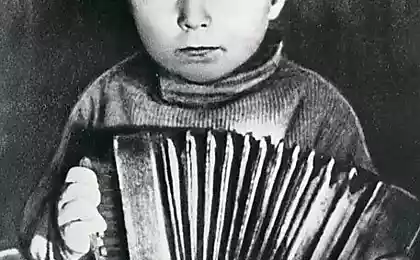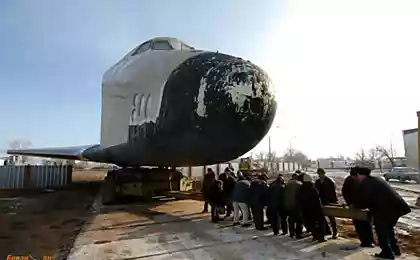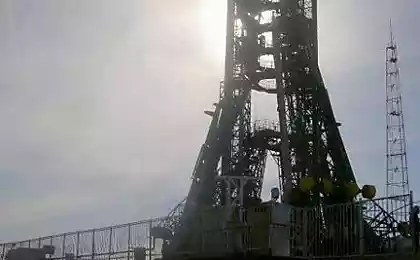954
Tour of the Baikonur Cosmodrome
It is from here was launched Sputnik 1 - the first artificial satellite, was launched into orbit on October 4, 1957, and Vostok-1 - the first spacecraft to lift man into orbit.
For those who do not know (I hope there are not many) is the Baikonur Cosmodrome in Kazakhstan. Now spaceport serves as a platform for today's launches of carrier rockets, including for the needs of the ISS (International Space Station).
Let's start our tour of perhaps the Baikonur launch site and its surroundings.
Will be 40 photos!
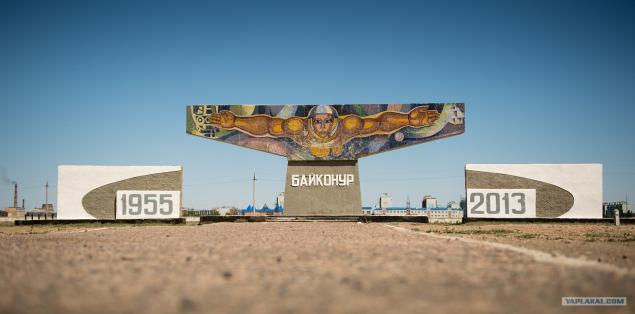
Hotel in Baikonur, where some of the astronauts placed before and after the flight.

Flight engineer Karen Nyberg from NASA makes painting on the door of the hotel.

Spacecraft Soyuz TMA-05M roll out by train to the launch site., 2012.

Particularly dangerous zone

Priests bless the crew of the Union and the rocket itself, photos of 2012 and 2013.

Next. Photo
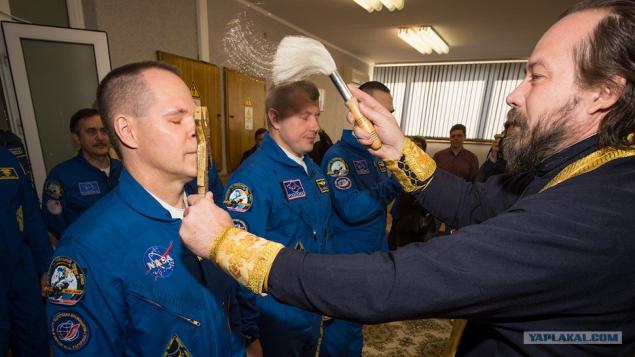
Sled.foto

Launching Soyuz TMA-05M in 2012

The launch complex energy and bucket Flame Reflector

Photos closer

Roll the launch pad on tracks for Energy and Buran

Mobile launch pad crawler for Energy and Buran

Abandoned objects and launching pads
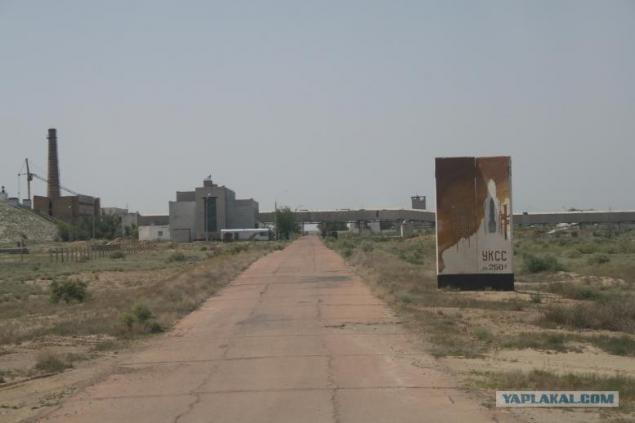
Abandoned objects and launching pads

Abandoned objects

Abandoned objects

Abandoned launch pads

Abandoned launch pads

Abandoned launch pads
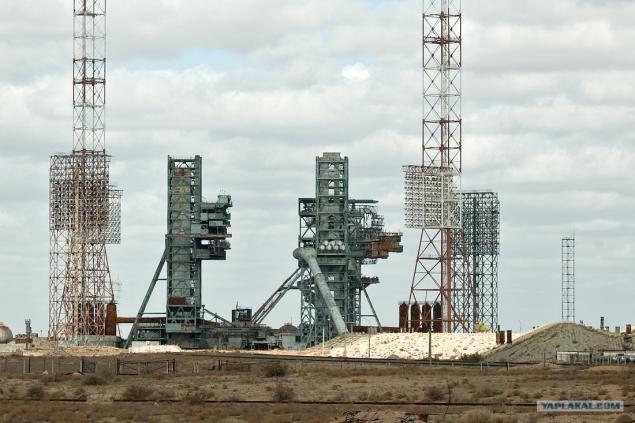
Mock Buran OK-M

In the cockpit

In the cockpit

Front view

Abandoned military buildings
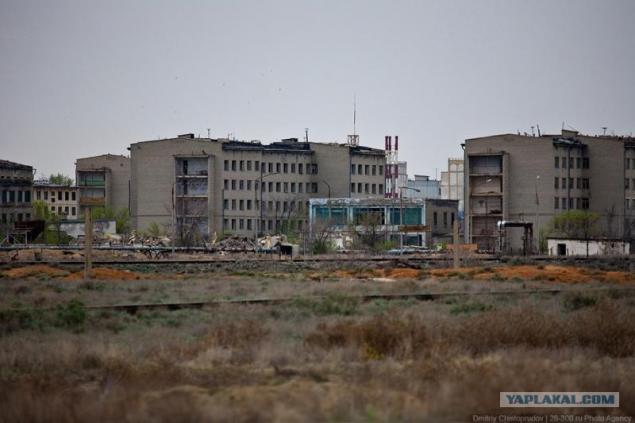
The sign dedicated to the study of space on the main street

SC «Proton»
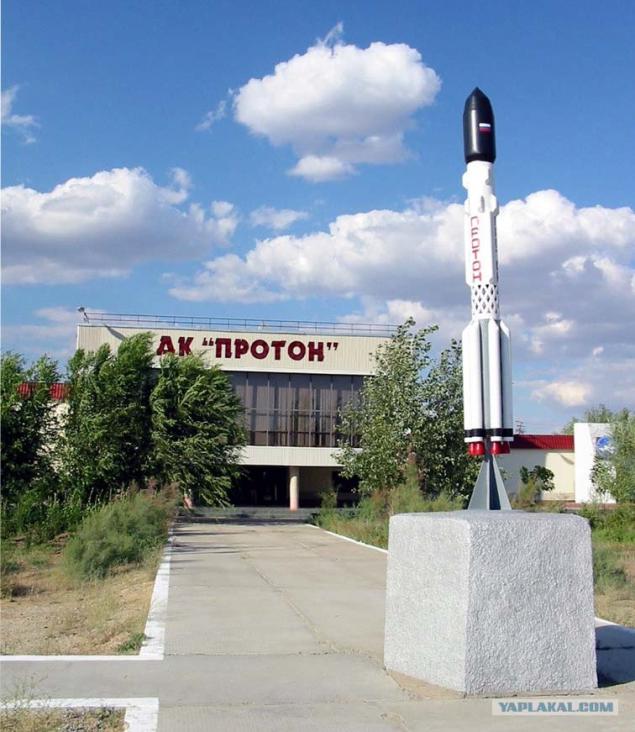
The full-size rocket Union, presented as an exhibit

In the vastness of Baikonur

On the streets you can find here are interesting things

Monument ballistic missile SS-17

The world - the world!
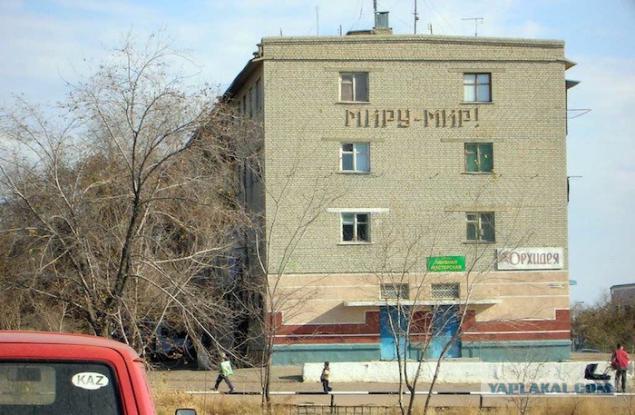
Apartment panel house with wall paintings on the space theme
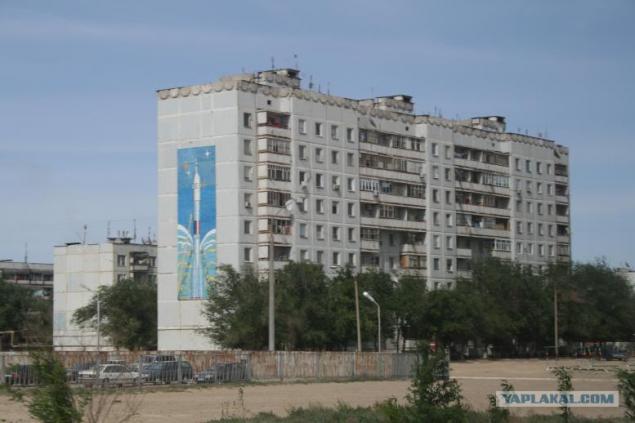
Disco Club (formerly the House of Officers)

House Yuri Gagarin
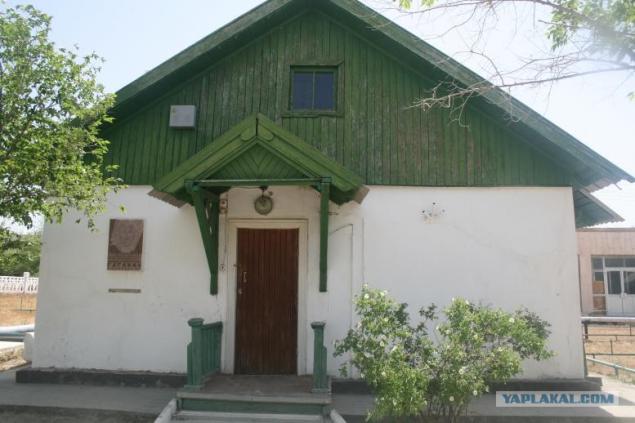
The house

The statue of Yuri Gagarin

A bronze bust of Felix Dzerzhinsky (still known as Bloody Felix and Iron Felix), founder and first leader of the Soviet secret police, the Cheka.
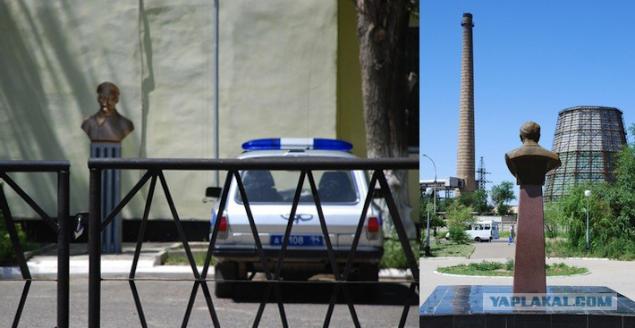
Baikonur previously called Zarya village, town Leninsky, and after already Leninsk. His current name of the city received only in 1995.
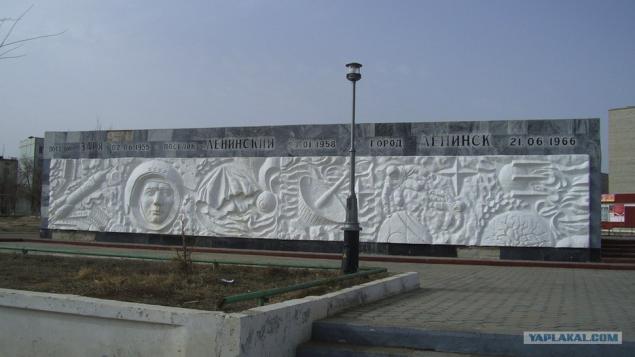
1998 - The launch of the H-1 on the playground
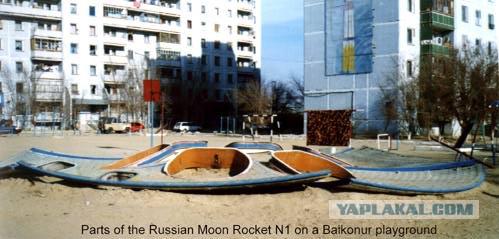
Park for skateboarding

Source:
For those who do not know (I hope there are not many) is the Baikonur Cosmodrome in Kazakhstan. Now spaceport serves as a platform for today's launches of carrier rockets, including for the needs of the ISS (International Space Station).
Let's start our tour of perhaps the Baikonur launch site and its surroundings.
Will be 40 photos!

Hotel in Baikonur, where some of the astronauts placed before and after the flight.

Flight engineer Karen Nyberg from NASA makes painting on the door of the hotel.

Spacecraft Soyuz TMA-05M roll out by train to the launch site., 2012.

Particularly dangerous zone

Priests bless the crew of the Union and the rocket itself, photos of 2012 and 2013.

Next. Photo

Sled.foto

Launching Soyuz TMA-05M in 2012

The launch complex energy and bucket Flame Reflector

Photos closer

Roll the launch pad on tracks for Energy and Buran

Mobile launch pad crawler for Energy and Buran

Abandoned objects and launching pads

Abandoned objects and launching pads

Abandoned objects

Abandoned objects

Abandoned launch pads

Abandoned launch pads

Abandoned launch pads

Mock Buran OK-M

In the cockpit

In the cockpit

Front view

Abandoned military buildings

The sign dedicated to the study of space on the main street

SC «Proton»

The full-size rocket Union, presented as an exhibit

In the vastness of Baikonur

On the streets you can find here are interesting things

Monument ballistic missile SS-17

The world - the world!

Apartment panel house with wall paintings on the space theme

Disco Club (formerly the House of Officers)

House Yuri Gagarin

The house

The statue of Yuri Gagarin

A bronze bust of Felix Dzerzhinsky (still known as Bloody Felix and Iron Felix), founder and first leader of the Soviet secret police, the Cheka.

Baikonur previously called Zarya village, town Leninsky, and after already Leninsk. His current name of the city received only in 1995.

1998 - The launch of the H-1 on the playground

Park for skateboarding

Source:


